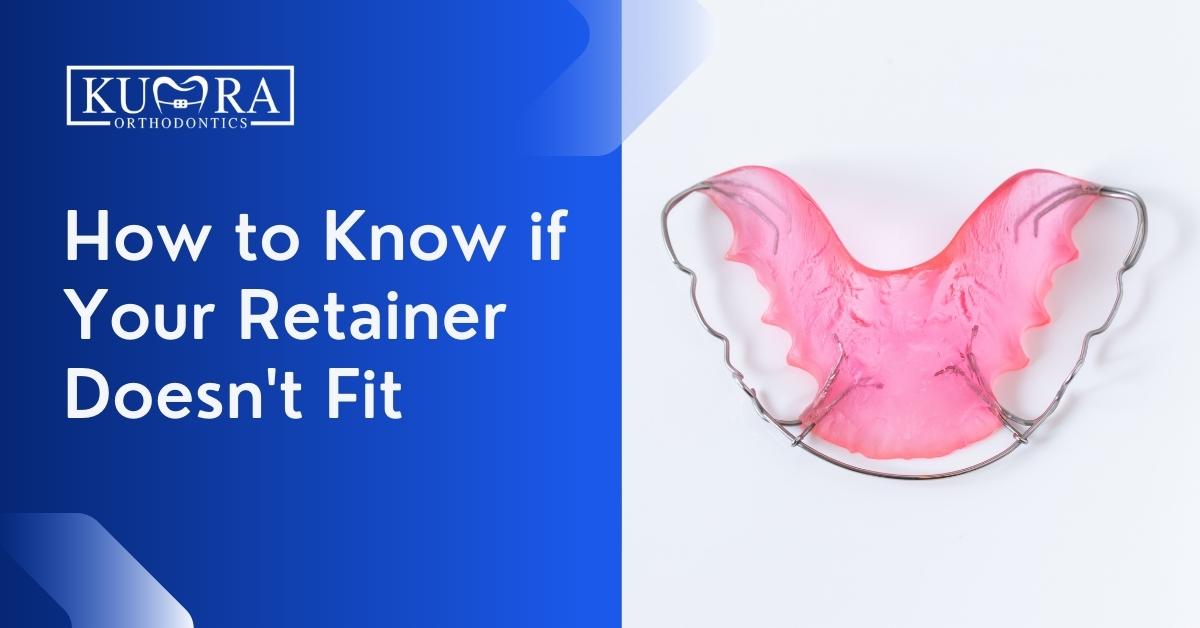How do you know if your fit is just right? Whether it’s clothes, shoes, or even workout gear, getting the perfect fit can change how you look and feel.
When something fits well, you move with ease, feel confident, and avoid discomfort. But how can you tell if what you’re wearing truly fits you? Keep reading, because discovering the signs of a perfect fit could transform your style and comfort every day.
Signs Of A Perfect Fit
Knowing the signs of a perfect fit helps you feel confident and look great. Clothes that fit well make you comfortable all day. They also enhance your natural shape. Spotting these signs saves time and money on returns or alterations.
Comfort Without Restriction
A perfect fit feels good on your body. You can move freely without tight spots. No pinching or pulling on the fabric. Your skin can breathe, and nothing feels heavy. Comfort means you want to wear it again and again.
Proper Length And Proportion
Check the length of sleeves, pants, and tops. They should match your body size and shape. Not too short or too long. Clothes that fit well balance your whole look. Proper length shows attention to detail and care.
Balanced Silhouette
The fit creates a smooth line around your body. It highlights your best features without adding bulk. Your clothes should follow your natural curves gently. A balanced silhouette looks neat and polished. It makes you feel confident and put-together.

Credit: www.wikihow.com
Common Fit Issues To Avoid
Knowing the common fit issues helps you pick clothes that feel right. Clothes that fit well make you look neat and feel good. Watch out for these common problems. They can ruin your outfit and comfort.
Tightness And Pinching
Tight clothes can stop you from moving freely. You may feel pinching around your shoulders, waist, or thighs. Avoid clothes that leave red marks on your skin. Tightness also causes discomfort and short wear time.
Excess Fabric And Bagging
Too much fabric makes clothes look loose and sloppy. Bagging happens around the arms, chest, or knees. This issue hides your body shape. Clothes should follow your natural lines without extra folds or sagging.
Uneven Hems And Seams
Hems and seams show if clothes are poorly made or don’t fit. Uneven hems look messy and unbalanced. Seams that pull or pucker mean the size is wrong. Check these details for a clean, polished look.
Tips From Fit Experts
Getting the right fit is key to feeling comfortable and looking good. Fit experts share simple tips to help you check your clothes. These tips make it easy to see if your clothes suit your body well.
Key Areas To Check
Start with the shoulders. The seams should sit right at the edge. Too tight or loose feels off. Next, look at the chest and waist. Clothes should hug gently, not squeeze. Check sleeve length. Sleeves that end at your wrist look best. Pants should fit well around hips and thighs. Avoid bunching or tight spots.
Using A Mirror And Movement Tests
Stand in front of a full-length mirror. Look from all angles to spot any issues. Raise your arms and move your body. Clothes should move with you easily. No pulling, stretching, or gaps. Sit down and bend to test comfort. If you feel tightness, the fit needs work.
When To Consider Alterations
Minor changes can improve fit a lot. Shortening sleeves or hemming pants can help. Taking in the waist makes clothes fit better. Choose a tailor for neat, lasting results. Alterations save money and keep clothes wearable. Avoid buying new clothes until you try alterations first.

Credit: www.warbyparker.com
Choosing The Right Fit For Different Styles
Choosing the right fit depends on the style you wear. Different clothes need different fits to look their best. Your comfort and appearance improve with the right size and cut. Understanding how fit changes for casual, formal, and activewear helps you pick clothes that suit your needs.
Casual Wear Fit Tips
Casual clothes should feel relaxed but not sloppy. Shirts and tops should allow easy movement. Pants need to fit well around the waist and hips. Avoid clothes that are too tight or too loose. Sleeves and pant legs should end at the right length. This balance keeps you comfortable and stylish.
Formal Attire Adjustments
Formal clothes require a sharper fit for a neat look. Jackets should sit flat on your shoulders without pulling. Dress shirts need a smooth fit, especially around the neck and chest. Pants should have a clean line without extra fabric bunching. Tailoring is often needed for the best fit. Proper fit boosts confidence and elegance.
Activewear Fit Considerations
Activewear must allow full movement and breathability. Clothes should fit snugly but not restrict motion. Look for stretchy fabrics that move with your body. Seams should not rub or cause discomfort. Proper fit helps improve performance and comfort. Loose or tight activewear can distract during exercise.
Tools And Techniques To Measure Fit
Knowing your fit helps you choose clothes that feel good and look great. Several tools and techniques make measuring fit easy and accurate. These methods help find the right size and shape for your body. Use them to avoid guesswork and save time.
Measuring Tape Guidelines
A measuring tape is a simple tool to check your body size. Wrap it around your chest, waist, and hips. Keep it snug but not tight. Write down the numbers to compare with size charts. Measure standing straight for best results. Repeat every few months as your body changes.
Body Shape Analysis
Body shape analysis helps identify your natural form. Common shapes include apple, pear, rectangle, and hourglass. Knowing your shape guides you to flattering clothes. Observe where your body is wider or narrower. This helps pick styles that highlight your best features.
Fit Apps And Virtual Try-ons
Fit apps use your measurements to suggest sizes. Some apps create a virtual model of your body. Try on clothes online without leaving home. Virtual try-ons show how clothes fit and look. Use these tools to shop smarter and reduce returns.

Credit: kumraortho.com
Frequently Asked Questions
How Do You Know If Your Fit Is Comfortable?
Your fit is comfortable when clothes feel natural and non-restrictive. You can move freely without tightness or irritation. Comfort is key to confidence and daily wearability. Check for smooth seams and no pinching to ensure a perfect fit.
What Signs Show Your Fit Is Too Tight?
If your clothes leave marks, cause redness, or restrict movement, the fit is too tight. Tight fits can cause discomfort and reduce circulation. Look for fabric pulling or strain on seams as clear indicators of a poor fit.
How Can You Tell If Your Fit Is Too Loose?
Loose fits often create excess fabric bunching or slipping off. If your clothes feel baggy or lack shape, they are too loose. Proper fit should contour your body without being restrictive or overly loose.
Why Is Knowing Your Fit Important?
Knowing your fit ensures comfort, boosts confidence, and enhances appearance. It helps you select clothes that flatter your body shape. A good fit prevents discomfort and improves your overall style and posture.
Conclusion
Finding the right fit matters for comfort and confidence. Pay attention to how your clothes feel and look. Make small changes until you feel good wearing them. Trust your instincts and listen to your body. Clothes should make you feel free, not tight or loose.
Keep trying until you find what suits you best. Your fit shows your style and personality. Take your time; good fit takes practice and patience.
